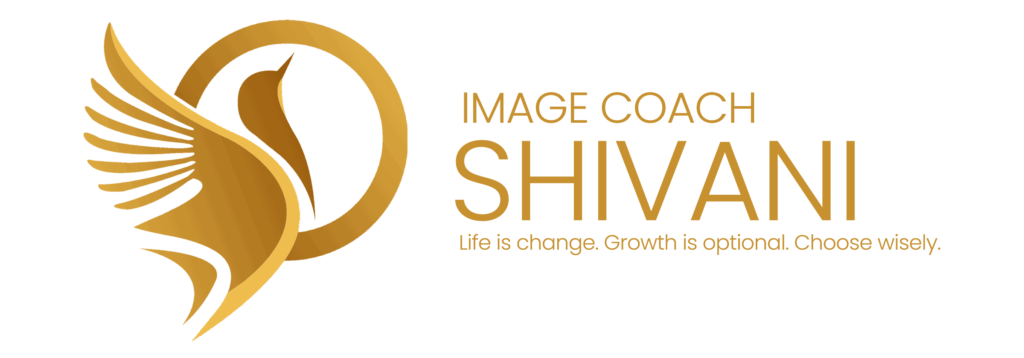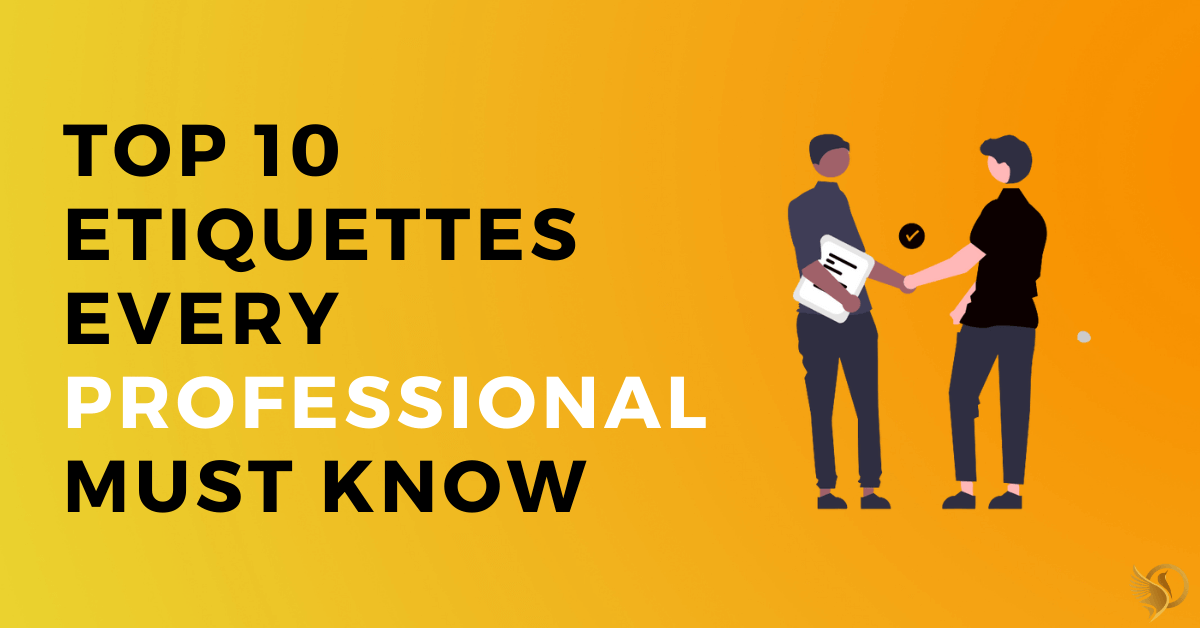Some rules are meant to be broken, but professional rules aren’t. Professional etiquette is the key to a progressive workplace environment. Without it, most organizations would collapse. Most of it might seem obvious, but you’d be surprised how often you’ve got it wrong without even realizing it. The same thing can happen with these etiquettes every professional must know.
Companies of all sizes have adopted a more laid-back entrepreneurial atmosphere in recent years. Open floor plans have taken place in Cubicles. Typical office furniture is no more associated with an office environment, rather bean bag chairs and sleeping pods have taken their place. Business suits have given way to T-shirts and jeans. Remote work is becoming increasingly popular.
In a less formal office setting, business etiquette can seem outdated and unnecessary. However, don’t toss them out just yet. Many businesses do have implicit technical and social codes of behavior, even though they are not apparent.
What is business etiquette?
Business etiquette is more than simply about what to talk about at a business dinner or how to handle coworkers. It’s a way of expressing yourself so that you’re taken seriously, along with finding the opportunity to make people feel at ease with you.
Corporate etiquette is highly regarded among professionals. Therefore, we have put together the top 10 etiquettes every professional must know to avoid awkward situations at work.
Top 10 Etiquettes Every Professional Must Know
Address others with their full name
Exchanging a full name is always the first step when you meet someone. It is how you can identify and address others. Always include your last name as you introduce yourself to others. It is particularly relevant to make others remember your name because there may be people with the same name as yours.
Try to pay close attention to someone’s name when you first encounter them. If you’re not sure how to say it, be polite and ask them to pronounce it for you. If the name is odd or difficult to say, the person is usually accustomed to it and will not mind. It demonstrates that you are interested in them and care about doing it right. Don’t concoct a nickname. People should be addressed by what they like being called.
Remembering names can be difficult, particularly if you encounter many people at once. One method you may employ is to find a distinguishing feature that will assist you in differentiating them. Another strategy is to repeat their name frequently in your conversation, but not so often that it becomes apparent.
Introduce people accompanying you
It’s unsettling to stand among strangers without any idea who they are and what they are talking about. You should politely introduce people accompanying you if you start up a conversation with someone.
However, provide more detail than just their name. You may include the individual’s position at your organization and what they do. It provides some background for others, but keep it short.
Greet when meet
Greeting those with whom you come into contact is not only polite but also builds rapport.
A simple Hi, how are you? with a smile is sufficient. It will help people to remember you and perceive you as welcoming and pleasant. It can also be used to start a conversation. However, be considerate. Don’t push a discussion if people seem to be in a hurry or uninterested at the time.
Shake hands and maintain eye contact
A handshake is a universal greeting for professional meets. Firm handshakes are still regarded as a good characteristic. However, a poor handshake gives out a negative impression.
Generally, the higher-ranking individual would extend their hand first, but if they do not, you should extend yours. When shaking their hand, make eye contact and smile. If you avert your gaze, you will be perceived to be lacking in confidence and sincerity.
Give signs that you are listening
It is crucial to acknowledge or smile while someone is speaking. These gestures demonstrate that you are attentive and listening attentively. It communicates to them that you are interested in what they have to say and respect their opinions. Try not to interrupt. If you want to answer, open your mouth and signal that you are waiting for them to finish.
Send thank-you notes
It is perfectly acceptable to send out thank you notes after customers buy your services or products. Send out a thoughtful thank you note which will take a small amount of your time. But it will be much appreciated.
Double-check your emails before sending it
Most professionals communicate mainly by email. Because each email you send reflects on your professional etiquette. Therefore, you must ensure that it sounds professional and error-free. Emails should not contain typos. Proofreading your emails before sending them takes a few seconds.
Proofreading of your emails can be done with the help of technology. You can, for example, get the Grammarly extension for free. It scans your emails for errors and suggests ways to fix them.
Be professional and polite
Each contact, whether face-to-face, over the phone, or by email, must be professional. When you interact solely by email, you lose the tone of voice, facial expressions, and other nonverbal signals that come with it. Keep this in mind when sending emails. Try to keep information brief and to the point, but avoid sending anything you wouldn’t say out loud.
Show up on time
Punctuality is crucial at work, attending a meeting, or meeting a deadline. Time is valuable. If you miss a target, the entire team suffers and could be forced to cover for you. Every member of a team is expected to perform their duties. If you don’t monitor your work regularly, you won’t be able to determine how long it will take to finish a task. When you join a meeting late, it is considered rude and disrespectful of the time and obligations of another individual. Try not to be late.
Dress professionally
Today, the latest industrial trends do not abide by the dress codes. However, since there is no law prohibiting you from wearing a t-shirt, sweatpants, and running shoes to work does not mean you can.
The first thing people think about someone is their look. It has the most impact on first encounters. Not every meeting requires a three-piece suit, yet smart dressing shows that you care about your image and are therefore more likely to care about your job.
Confused about how to implement professional etiquette?
No worries, I, Image Coach Shivani, will help you redefine your personality. Join me in my journey to provide insightful lessons on how to be professional and stylish at the same time. Connect with me on Twitter.


